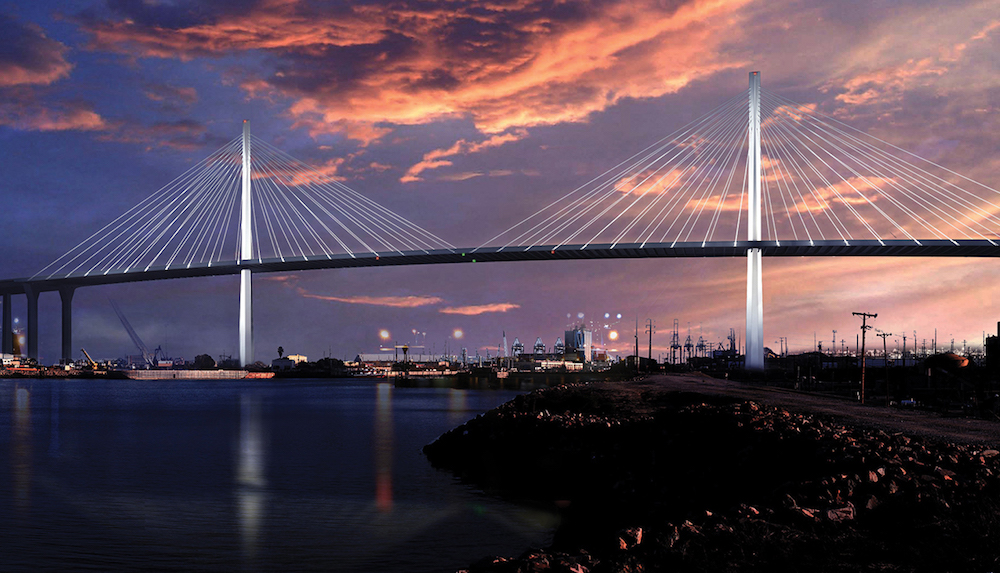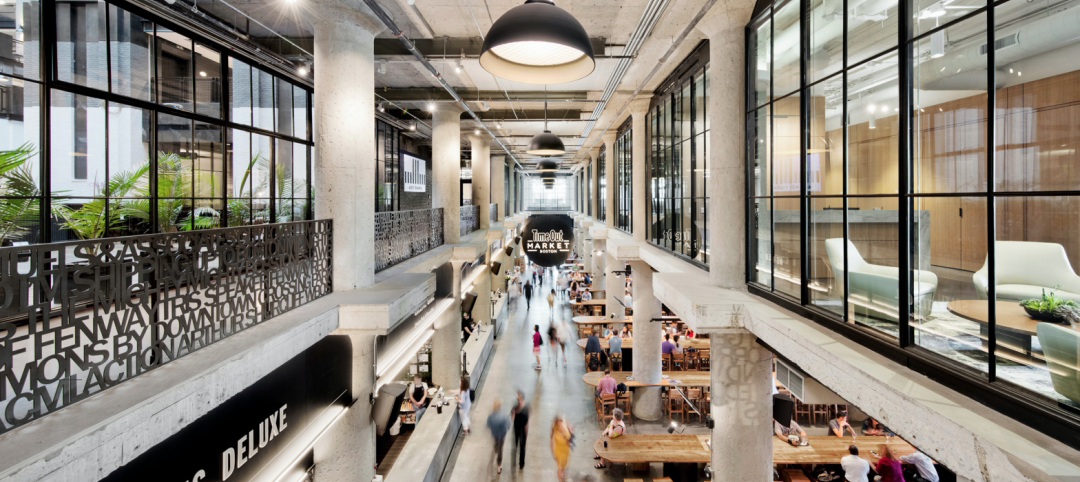It’s still faster and more cost effective to ship to most parts of the U.S. from West Coast ports than through the Panama Canal, according to a report from CBRE. The Journal of Commerce recently noted that West Coast ports have bounced back from last year’s prolonged longshoremen’s strike and have regained their customary share of containerized imports.
An expanded Panama Canal will cap cargo capacity per vessel at 13,000-14,000 TEU (a measure of container capacity), whereas western ports can already accept vessels with capacities up to 18,000 TEU, according to Dr. Noel Hacegaba, PPM, CPE, Managing Director–Commercial Operations for the Port of Long Beach, Calif.
THE PANAMAX EFFECT
Cities lining the East Coast and Gulf Coast are spending big bucks to accommodate the larger vessels that will cross a wider and deeper Panama Canal.
Last year, Long Beach handled 7.2 million containers, the third best year in its history. Hacegaba says that the Panama Canal expansion might even increase the flow of goods from east to west, especially from eastern South America. “The expansion gives suppliers alternatives,” he says.
Long Beach projects a 4% annual increase in container volume over the next several years. The port is in the midst of a $4 billion infrastructure upgrade over the next decade. Improvements include a fully automated, $1.3 billion Middle Harbor terminal capable of handling 3.3 million TEU. The port is also replacing the 50-year-old Gerald Desmond Bridge—over which 15% of the nation’s goods travel—at a cost of $1.5 billion.
Hacegaba says about 30% of containers leave Long Beach by rail. The port wants to increase rail traffic to 50% to take advantage of rail’s efficiency and environmental cleanliness compared to other transport modes. Long Beach is exploring a short-haul rail operation and an inland container yard.
Hacegaba says 18 million sf of warehouse space lies within 100 miles of the Port of Long Beach, and more is being built. “The port is an economic engine for the Inland Empire,” he says.
Related Stories
Resiliency | Aug 19, 2021
White paper outlines cost-effective flood protection approaches for building owners
A new white paper from Walter P Moore offers an in-depth review of the flood protection process and proven approaches.
Industrial Facilities | Jul 2, 2021
A new approach to cold storage buildings
Cameron Trefry and Kate Lyle of Ware Malcomb talk about their firm's cold storage building prototype that is serving a market that is rapidly expanding across the supply chain.
Resiliency | Jun 24, 2021
Oceanographer John Englander talks resiliency and buildings [new on HorizonTV]
New on HorizonTV, oceanographer John Englander discusses his latest book, which warns that, regardless of resilience efforts, sea levels will rise by meters in the coming decades. Adaptation, he says, is the key to future building design and construction.
Sustainability | Jun 23, 2021
The world’s first Passive House Certified cidery completes
River Architects designed the project.
Digital Twin | May 24, 2021
Digital twin’s value propositions for the built environment, explained
Ernst & Young’s white paper makes its cases for the technology’s myriad benefits.
Industrial Facilities | Apr 22, 2021
The country’s largest supplier of brewer’s yeast moves to new production facilities
Valerio Dewalt Train designed the project.
Market Data | Feb 24, 2021
2021 won’t be a growth year for construction spending, says latest JLL forecast
Predicts second-half improvement toward normalization next year.
Reconstruction Awards | Jan 30, 2021
Repositioning of historic Sears Roebuck warehouse enlivens Boston’s Fenway neighborhood
Developer Samuels & Associates asked Elkus Manfredi Architects to reimagine the former Sears Roebuck & Co. warehouse in Boston’s Fenway neighborhood as a dynamic mixed-use destination that complements the high-energy Fenway neighborhood while honoring the building’s historical significance.
Architects | Jan 5, 2021
Ware Malcomb finds itself in the mix for multiple diverse projects
Its latest completion is an office/factory/warehouse combo for one of Marvin Window’s brands.
Giants 400 | Dec 16, 2020
Download a PDF of all 2020 Giants 400 Rankings
This 70-page PDF features AEC firm rankings across 51 building sectors, disciplines, and specialty services.





![Oceanographer John Englander talks resiliency and buildings [new on HorizonTV] Oceanographer John Englander talks resiliency and buildings [new on HorizonTV]](/sites/default/files/styles/list_big/public/Oceanographer%20John%20Englander%20Talks%20Resiliency%20and%20Buildings%20YT%20new_0.jpg?itok=enJ1TWJ8)











